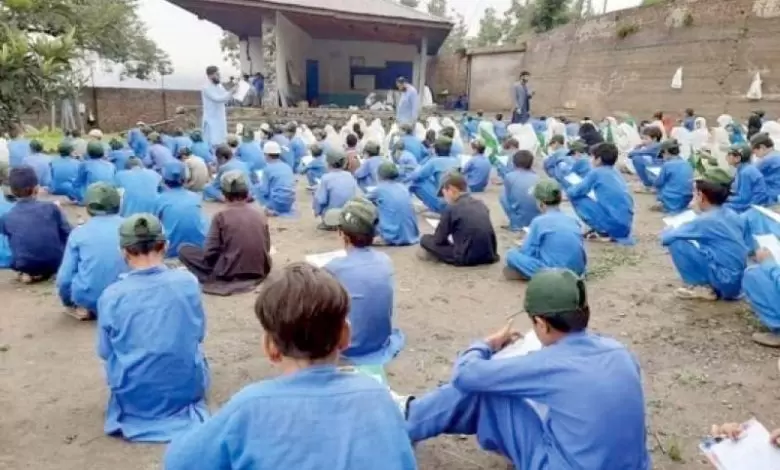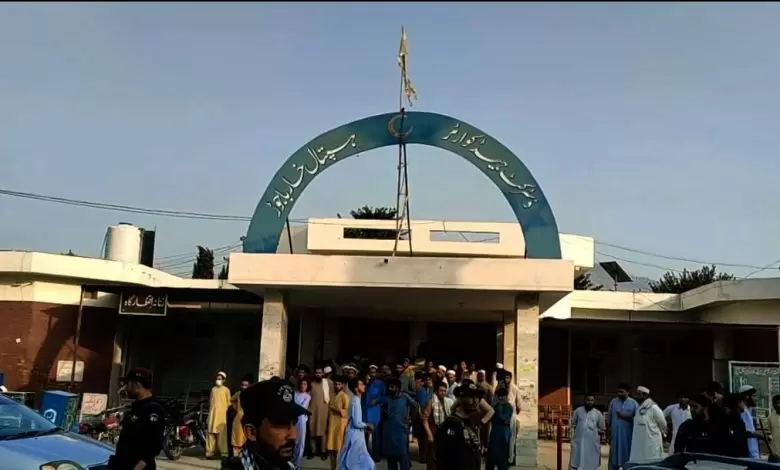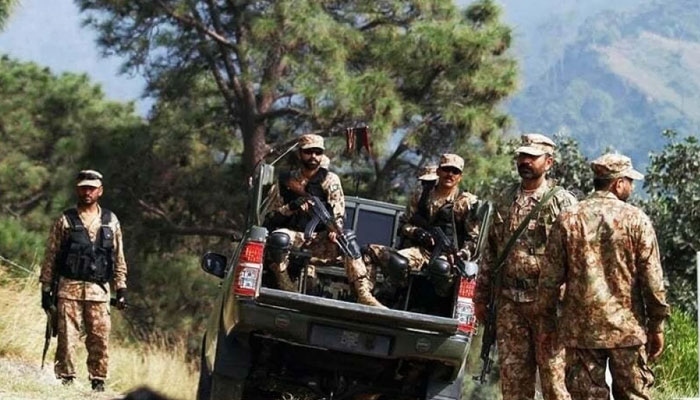
An educational emergency has surfaced in Khyber Pakhtunkhwa, where hundreds of primary, middle, and high school students are forced to study under the open sky. Official documents reveal that children in 514 schools in the newly merged districts lack basic infrastructure, including roofs, leaving them exposed to the elements while pursuing their education.
The crisis affects both boys' and girls' schools. In the settled districts, 297 boys' schools and 45 girls' schools are roofless, compelling students to attend classes in harsh conditions. Similarly, in the merged districts, 172 schools lack roofs, with 138 being boys' schools and 34 girls' schools.
A recent report by the Education Monitoring Authority highlights that Lower Kohistan has the highest number of roofless boys' schools, totaling 76. Other affected areas include Kolai Palas with 50 schools, Battagram with 34, DI Khan with 31, Dir Upper with 22, Mansehra with 17, Shangla with 4, and Peshawar with 2.
Also Read: A Sweet Obsession: The Love for Chocolate
For girls' schools, Lower Kohistan again leads with 17 roofless institutions. Kolai Palas has 6, Mansehra has 3, and Charsadda has 2, where female students are also studying under the open sky. In the merged districts, North Waziristan has the highest number of roofless schools, with 46 institutions. Khyber district follows with 26, Orakzai with 23, North Waziristan with 13, and Mohmand with 8.
The lack of basic facilities in these schools highlights a severe neglect of educational infrastructure by the provincial government. Sources indicate that even after years, these schools remain without roofs, reflecting poorly on the government's educational priorities.
Additionally, 489 schools are operating in rented buildings across the districts, including 214 for boys and 275 for girls. Areas with a significant number of rented schools include Mansehra with 33, Swat with 22, Shangla with 20, Charsadda with 19, DI Khan with 16, Swabi with 11, and Peshawar with 8.
These rented schools, which include both primary and middle schools, further illustrate the lack of attention to educational infrastructure. Regrettably, addressing the issues faced by 1003 schools without roofs or established in rented buildings is not among the government's immediate priorities.
2.jpeg)
1.jpeg)
09 Jul, 2025





1.jpeg)
09 Jul, 2025